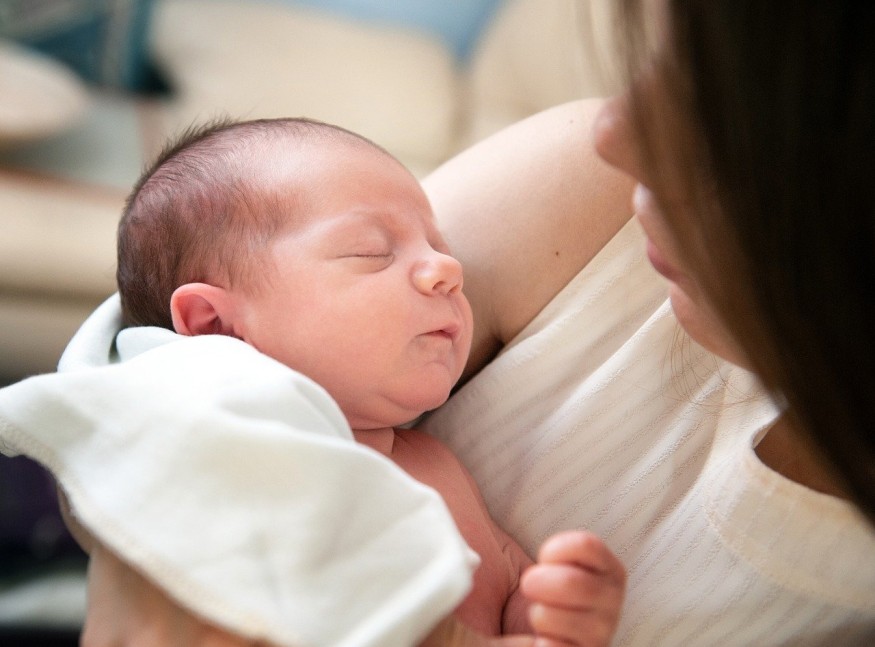
One of the most common reasons why newborn infants are admitted to neonatal intensive care unit is because of respiratory distress that is characterized by one or more signs of increased work of breathing. Unfortunately, some symptoms are not as noticeable as others and may sometimes look harmless.
An example of this is the head bobbing that seems cute and looks as if infants were just looking around their surroundings. But this harmless head bobbing could be a sign of severe respiratory distress. Tiny Hearts Education has warned parents that this could mean that their infants need immediate help.
Harmless Head Bobbing in Newborn Infants a Sign of Severe Respiratory Distress, Expert Warns
Head Bobbing Is Never A Good Sign in Infants
The Sun cited a video shared by Tiny Hearts Education, wherein a baby is lying in its parent's arms while its head is bobbing and rocking. Later, another clip shows the baby in a hospital cot with a heaving chest while its head still bobs. The text on the video said that the seemingly harmless head bobbing is never a good sign in an infant.
The behavior is a sign of severe respiratory distress in which it signals that the infant is having difficulty breathing and trouble getting enough oxygen to the lungs. The infant was diagnosed with Respiratory Syncytial Virus (RSV). The family spent five nights in the hospital, and three of those nights were in ICU under a CPAP machine sedated.
Experts warn that when infants start to bob their heads, it is important to immediately get help fast. Tiny Hearts Education also recommends parents keep a video on hand while the baby is breathing normally to compare whether their pattern of breathing has changed.
Pediatric Respiratory Distress
RSV is quite common among children, especially those below 2 years old and born prematurely or with a heart condition. Although, older children and even adults may experience RSV symptoms.
According to the Centers for Disease Control and Prevention (CDC), the RSV could cause mild, cold-like symptoms that most people recover from within one to two weeks. But in some cases, it could be severe on infants and older adults as it could progress into pneumonia and bronchiolitis, which is an inflammation that affects the lower airways and make it hard to breathe.
Infants with the most significant risk for severe RSV are those premature babies, babies below 6 months old, children below 2 years old with chronic lung and heart disease since birth, children with the weakened immune system, and those who have neuromuscular disorders.
The National Health Service (NHS) said that one in three children in the UK develops bronchiolitis during the first year of life. But by the age of 2, almost all infants have been infected with RSV and half of them have developed into bronchiolitis with early symptoms of common cold and high body temp[erature over a few days, followed by a persistent cough, difficulty feeding, and rapid breathing.
RELATED ARTICLE : CDC Warns Parents with Babies and Small Children as RSV Starts Spreading Across the South
Check out more news and information on Medicine & Health in Science Times.











